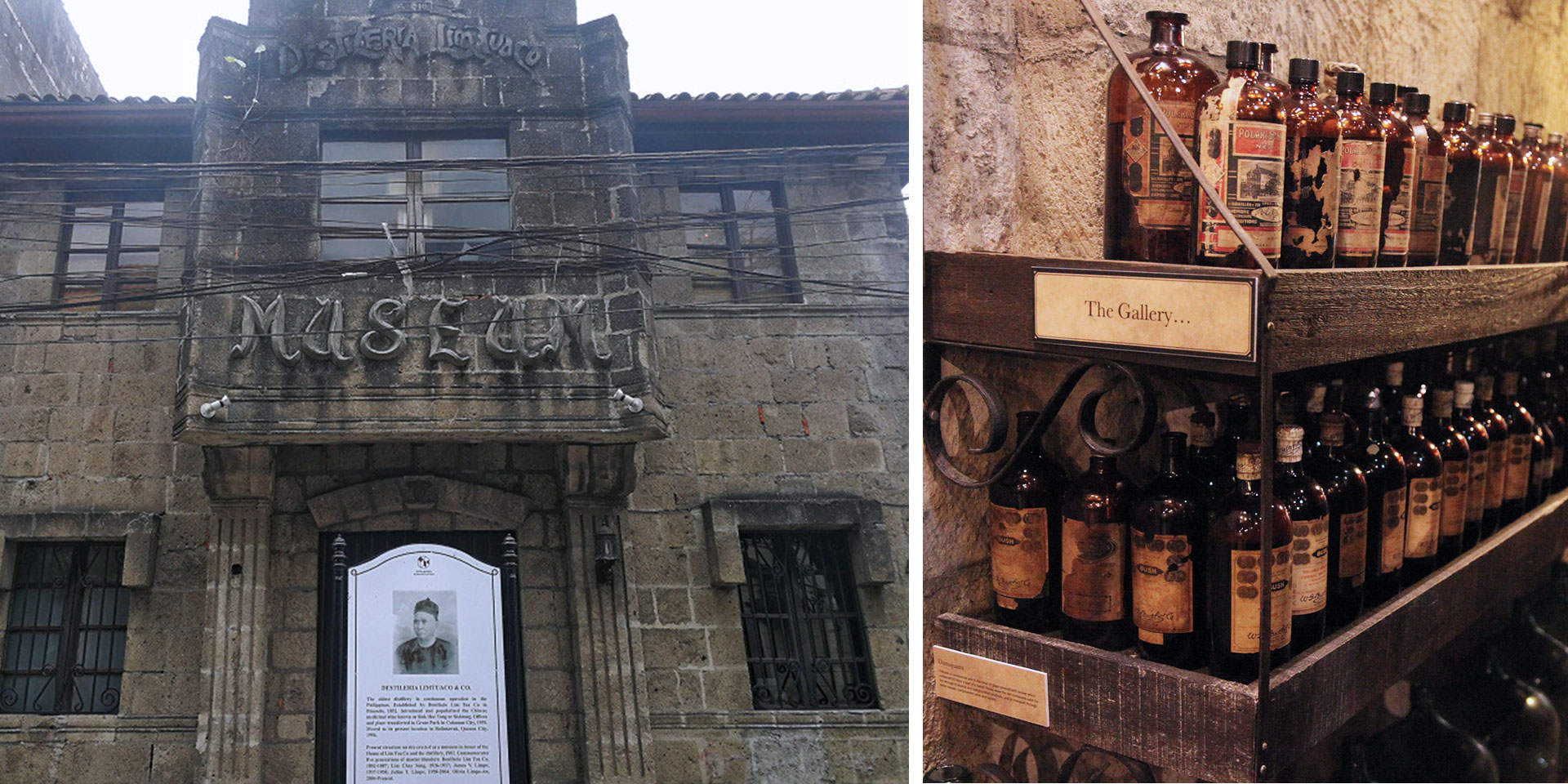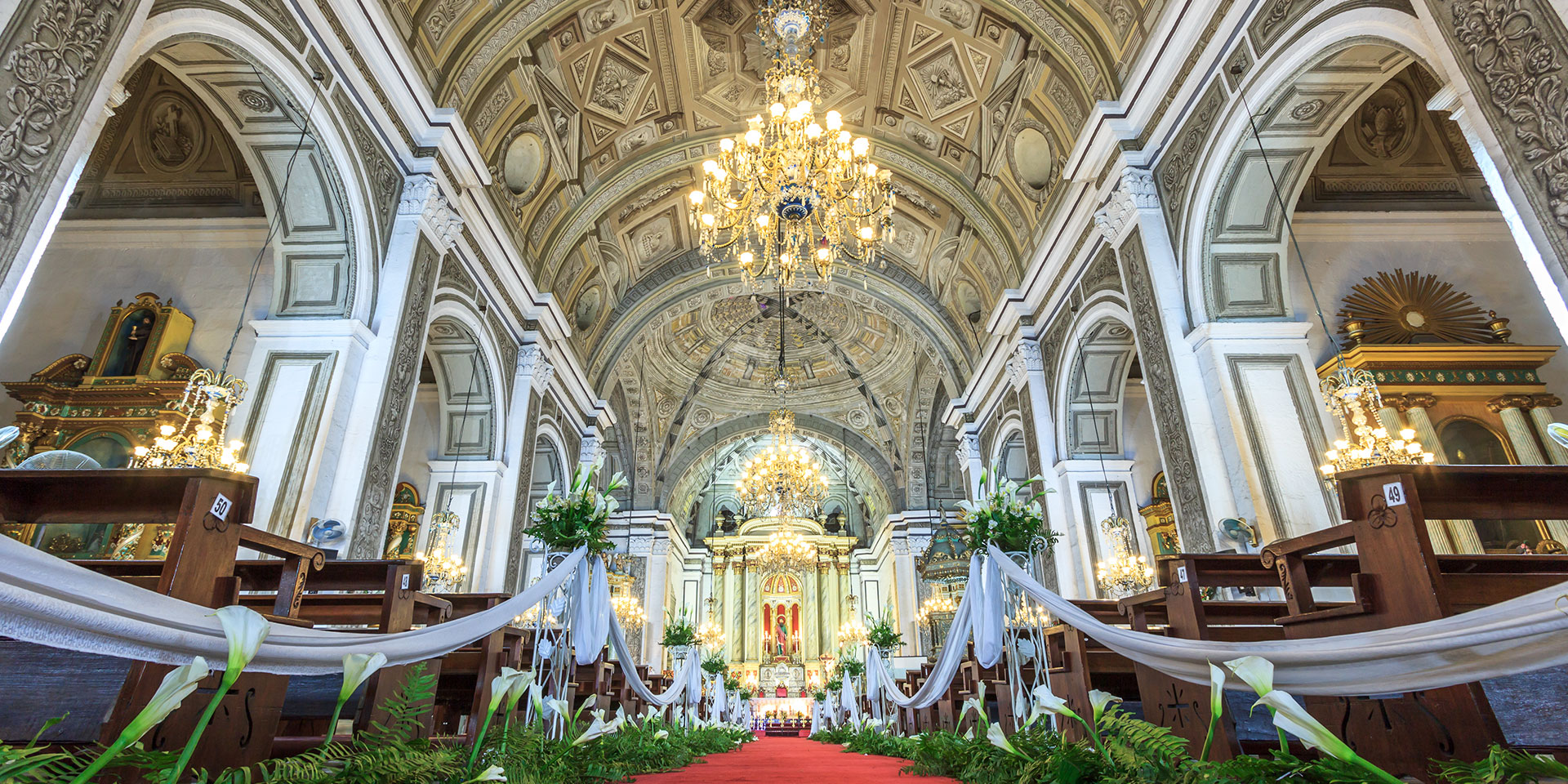Intramuros, Manila’s old walled city, packs more than four centuries of history into a scant 0.26 square miles — all full of cobblestone streets, horse-drawn carriages and lovingly restored or rebuilt examples of Philippine and Spanish architecture.
Walking Intramuros is easy, and getting lost is almost impossible, since 22-foot-high walls surround the city. However, hopping on an E-Trike or a bamboo bike will make this urban jaunt even easier, given Manila’s strong sun and monsoon rains.
Fort Santiago, at Intramuros’ southeast corner, showcases Philippine history. After crossing the moat and entering through the ornate Fort Santiago Gate, look down to see golden footsteps. They trace the path that Jose Rizal walked before he was executed for rebellion. The Rizal Shrine pays homage to this writer, since dubbed “the First Filipino.”
Nearby are the dungeons, as well as stairs to the Baluarte de Santa Barbara, home of the iMake History Fortress Learning Center, full of LEGO replicas of bygone buildings in Intramuros.
Exit the fort via Plaza Moriones. At the end of these pleasant gardens, you’ll find the lively town square of Intramuros, Plaza de Roma. It’s perfect for people-watching — and for admiring the baroque/Byzantine/Romanesque architecture of Manila Cathedral.
Inside the cathedral, currently in its eighth incarnation, are gorgeous stained-glass windows that blend Catholic and Philippine tropes with European abstraction and Mexican realism.
Stroll east along General Luna Street to San Agustin Church, which dates to 1607. It’s one of the few sites inside the walled city that has endured centuries of battles, earthquakes and typhoons (relatively) intact.
Conquistadors and artists are interred in the crypt at San Agustin, while the church’s trompe l’oeil ceiling is breathtakingly detailed. Wander the stone halls and immense staircases of the church’s cloisters and you’ll feel as if you’ve stepped into Hogwarts. The cloisters are home to a museum of religious carvings, icons and paintings that show Philippine style at its most pious — and extravagant.
Opposite San Agustin is the Plaza San Luis Complex, with a mix of colonial architecture and history that reflects the tastes of its instigator, Imelda Marcos.
The complex recreates the world of the illustrados, or 19th-century Filipino elite. Outside, men stand in blue colonial Guardia Civil uniforms while women are dressed as Spanish doñas. Inside, feel free to wander the plaza’s walled gardens, stone fountains, elaborate wooden staircases and marble floors.
San Luis is the site of Casa Manila, an ersatz museum replicating an illustrado‘s home, full of period furnishings that are genuine, opulent and elegant. There’s also Barbara’s, a restaurant that offers an atmospheric (and delicious) take on Philippine cuisine.

Continue along General Luna Street toward Intramuros’ southeast edge to find the Baluarte de San Diego. It’s the best place to visualize the walled city as a “Game of Thrones”-style fort. The former artillery observation post, accessed via the well-manicured grounds of San Diego Gardens, has intriguing, maze-like circular walls.
When you’re done, climb the stairs to the walls of Intramuros. This is the best place to walk the parapets, admiring the walled city as you pass cannons on display.
Near the intersection of Geneal Luna and Muralla Streets, revivify yourself at Illustrado with a coco-water infusion before proceeding — or keep your eye out for street snacks.
When you’re ready, follow Muralla north before curving west along the walls to find a tipsy take on heritage at Destileria Limtuaco, one block south of the Puerta del Parian.

Set in a bahay na bato, or colonial stone house, the museum tells the story of the Limtuaco family, makers of whiskey, rum and spirits for more than 160 years. On show are sugarcane presses, a grand wooden staircase built on a whiskey barrel, and ephemera such as the famous red bikinis used to tout White Castle Whiskey — a local favorite. End your visit with a tasting.
Walk west and you’ll find the ruins of the Intendencia, where 19th-century merchant princes brought their wares. The hulking, neoclassical building, laid low by fire in the 1970s, is photogenic and atmospheric, especially at dusk.




